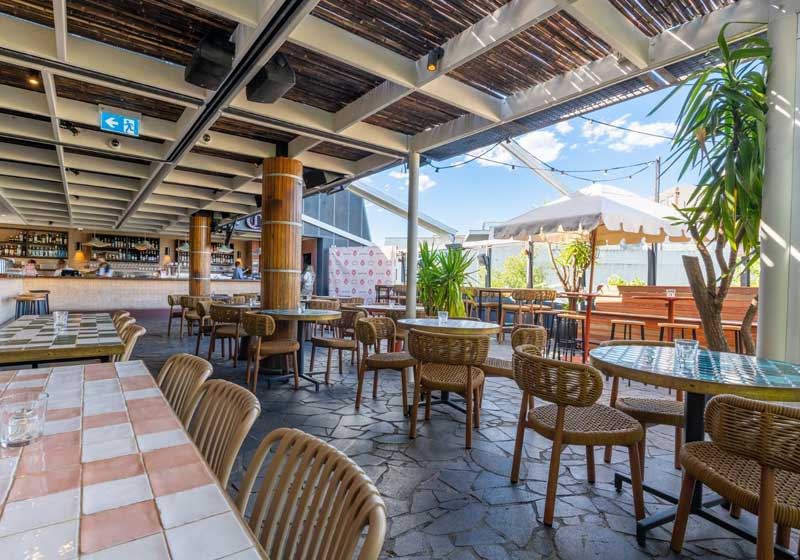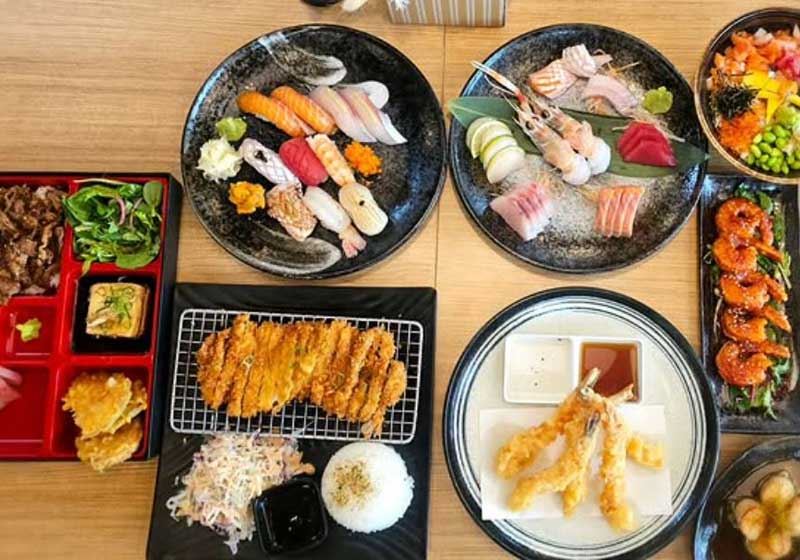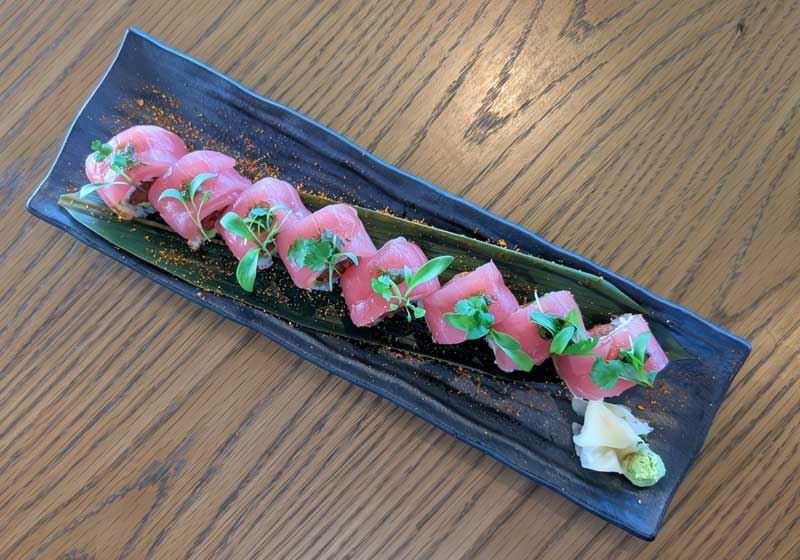By Marie-Antoinette Issa.
Modern Australian cuisine - or ‘Mod Oz’ as it's affectionately known - resists definition - and, that’s the point. It’s not mono-cultural, a single cooking style or one lone flavour profile.
Instead, it’s a melting pot of Indigenous ingredients and global influences that reflect the complex, colourful story of modern Australia. It’s kangaroo and wattleseed. It’s XO pipis, cheeseburger spring rolls and confit trout.
It’s the Greek milk bar legacy and the scent of lemongrass on suburban barbeque grills. It’s Australia on a plate - and it’s never been more exciting.
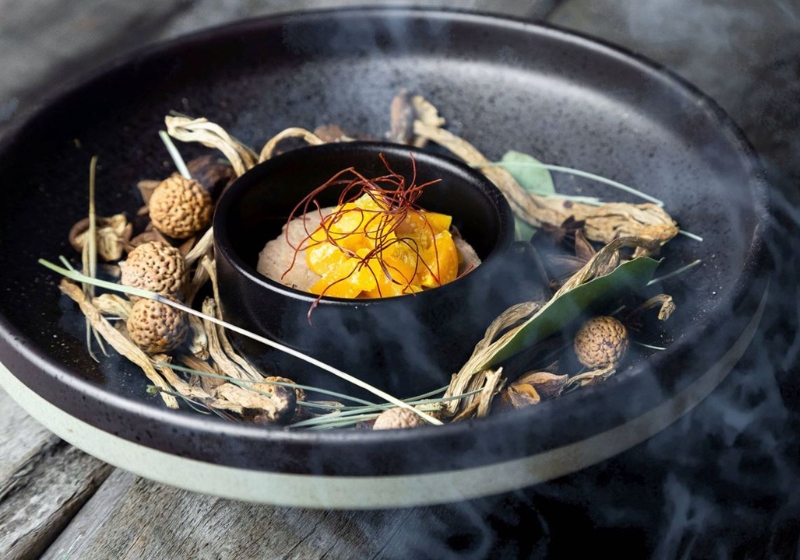
Indigenous Origins:
The roots of Australian cuisine are ancient. For more than 60,000 years, First Nations Australians have been cultivating, cooking and sharing native ingredients like finger lime, wattleseed, bush tomato and kangaroo.
These staple bush tucker ingredients, once overlooked by mainstream Modern Australian cooking, are now being embraced and celebrated, finally getting the spotlight they deserve.
Multiculturalism on the Menu:
Layered over this rich foundation is a wave of immigration that brought with it flavours from every corner of the globe. Post-war migration from Italy, Greece, and China - followed by waves from Vietnam, Lebanon, Thailand, Japan and beyond meant that by the late 20th Century, Australia had become one of the world’s most multicultural countries.
Our taste buds followed suit. Today, Modern Australian cuisine doesn’t just borrow from other cultures - it reimagines them - and, in doing so, it creates something entirely its own.
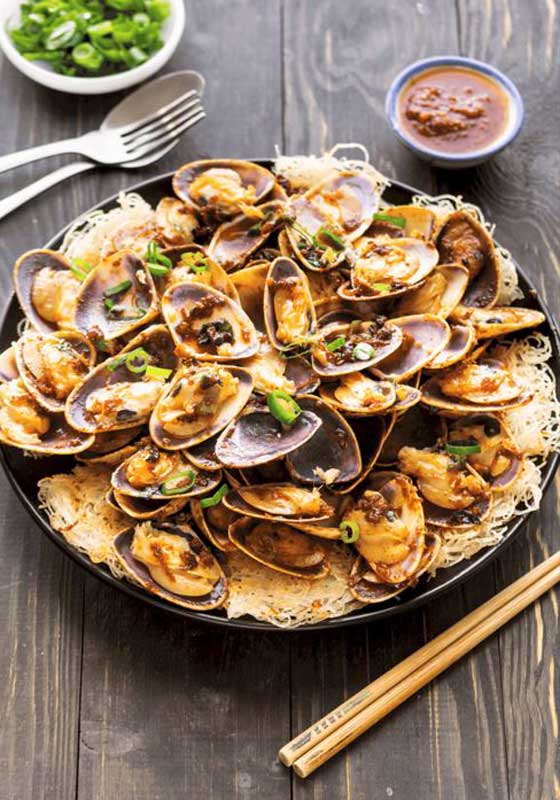
From Chinatown to Centre Stage:
Chinese influence runs deep in Australian kitchens and, while some of the most beloved Aussie-Chinese dishes have colourful histories that may not appear on many menus in Beijing (or beyond), they have nonetheless become iconic additions in Modern Australian folklore.
For example, long before food mashups went viral, the Chiko Roll was a pioneer of fusion fun. Invented in the 1950s by Frank McEncroe, a boilermaker from Bendigo, this deep-fried snack was inspired by the Chinese chop suey roll.
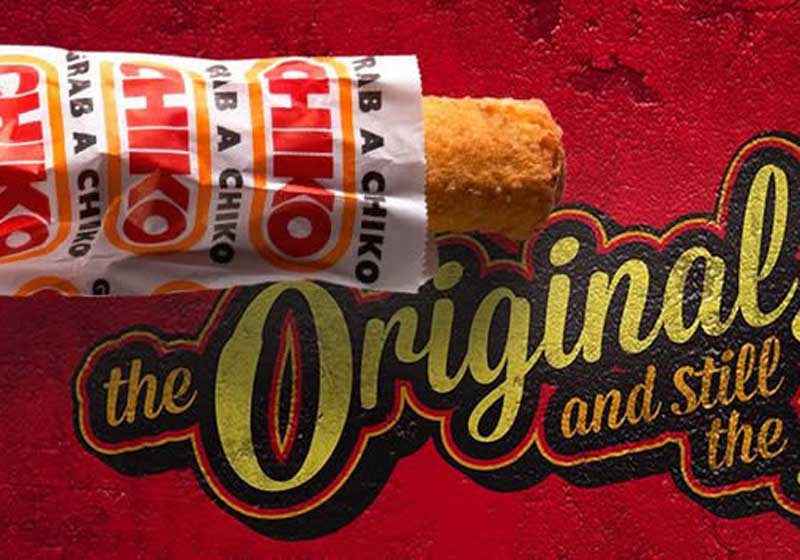
Designed to be eaten one-handed at the footy, the Chiko Roll is an Australian classic - stuffed with cabbage, beef and spices and encased in a thick, doughy wrapper. It might not be fancy, but it’s iconic.
Then there’s XO pipis, a dish that exploded in popularity due to local Chefs who brought Cantonese-style XO sauce to the forefront by pairing it with Aussie stir-fried pipis. It’s spicy, briny, umami-rich and a perfect showcase of local seafood meeting bold, imported flavours.
San choy bow is another favourite with Chinese roots, originally made with minced pigeon and served in lettuce cups. In Australia, it’s often packed with pork or chicken - easier to source, easier to sell and equally delicious.
Finally, Billy Kee Chicken, which dates back to 1950s Sydney Chinatown, delivers delicious examples of Modern Australian fare. Named after local identity Billy Kee, the dish is a fusion of fried chicken or pork tossed in a sauce made with tomato ketchup, Worcestershire sauce, red wine, garlic and five spice - part sweet and sour, part Sunday roast and unequivocally Modern Australian.

Italian Influences…Parma, Please:
The European influence in the Modern Australian diet is on display in the Aussie approach to Italian fare, such as the humble chicken parmigiana - or ‘parma’ (or ‘parmy’, depending on who you ask!).
While its roots can be traced back to Italian cotoletta - a breaded and fried cutlet - the Down Under take is unmistakably local. Here, the traditional variety - typically made with veal or pork - has been transformed into a pub-grub staple: golden chicken schnitzel, topped with ham, rich Napoli sauce and a gooey blanket of melted cheese. Usually served with chips and salad, it’s now practically a national dish.
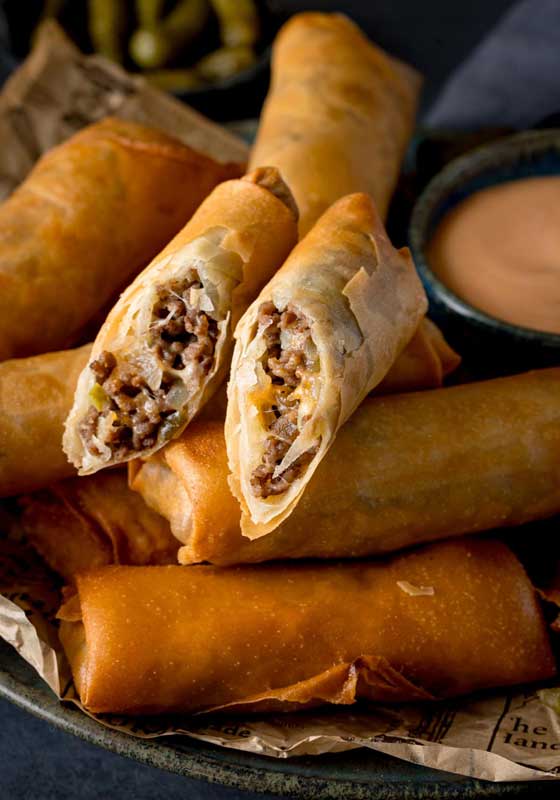
American with an Australian Edge:
One of the joys of Mod Oz cuisine is its playfulness - like the now-famous cheeseburger spring roll - an American fast food icon wrapped in crispy spring roll pastry. No traditional roots, no rules. Just a genius invention by Chef Dan Hong that’s since gone viral on menus across the country. It’s a bit cheeky, a bit unexpected - and very Australian in spirit.
Japanese Techniques, Aussie Ingredients:
Not all global influences are bold or brash - some are subtle and simply elegant. Japanese Chef Tetsuya Wakuda changed the game when he opened his eponymous restaurant in Sydney, fusing French techniques with Japanese precision and Australian produce.
His confit ocean trout became a signature dish, using olive oil to mimic the richness of fatty Japanese fish. "With a little bit of creativity, you can use olive oil and other things to give a little richness to the fish,” he once said. "It’s learning how to work with local ingredients.”
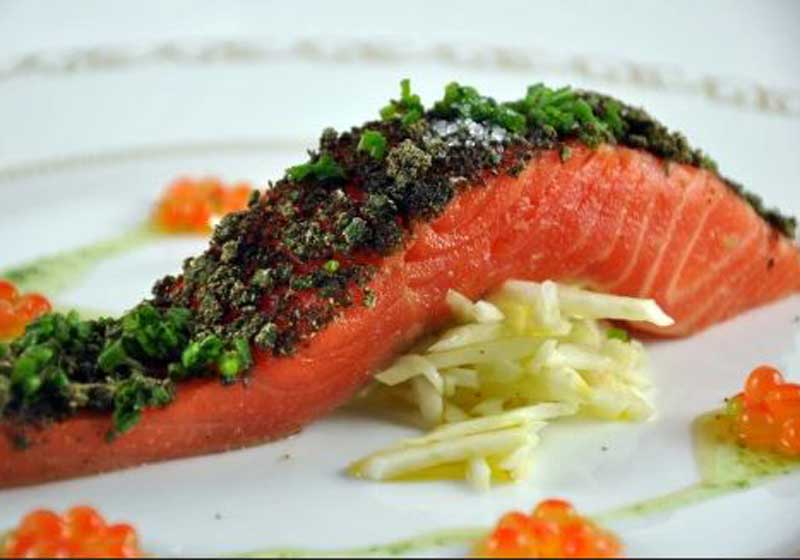
Go Greek:
Modern cafe culture in Australia owes a surprising debt to the Greek milk bar. Before we had cappuccinos, their milkshakes brought all the boys and girls to the yard! The very first one was opened by Greek migrant Mick Adams in Sydney in 1932 and soon these milk bars were everywhere - serving milkshakes, burgers, lollies and smiles.
Greek migrants turned milk bars into community hubs, which over time gave way to modern cafes and takeaways, run by the children and grandchildren of those original migrants. Today's flat whites, lazy Saturday brunches and sense of hospitality arguably all trace back to this legacy.

Thai Time:
Thai food has become a Modern Australian staple - and our love for it runs deep. In fact, Australia boasts more Thai restaurants per capita than any country outside Thailand!
While our obsession is real, the Thai dishes we know and love often reflect local tastes more than authentic traditions. When Thai food first hit Australia in the 1970s, restaurants adapted their menus to suit Aussie preferences, leaning heavily on chicken and beef - think chilli chicken and beef stir-fry - even though pork is traditionally the prized protein in Thailand.
The result is a uniquely Aussie take on Thai cuisine that’s become a beloved part of our national food landscape.



